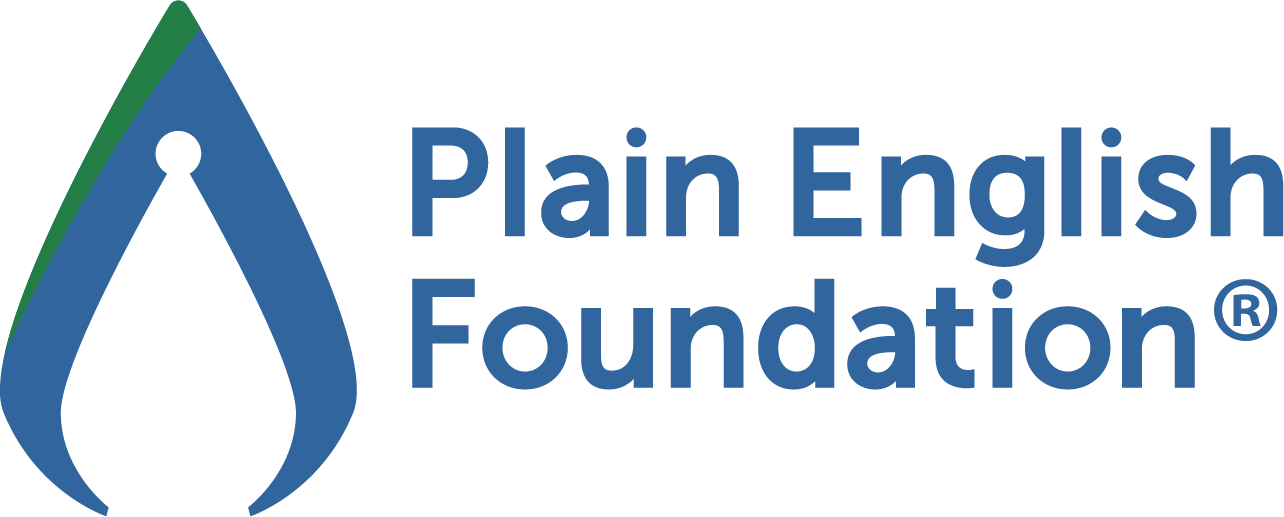Report writing 101
Is the prospect of writing a report keeping you up at night? Or maybe reading a colleague’s report is putting you to sleep instead! Report writing can be challenging, but it doesn’t have to be. If you use plain language principles, you’ll be able to write reports in your sleep, rather than put people to sleep with them.
This article explains:
- why we write reports
- how writing reports differs from regular writing
- why it’s important to learn to write effective reports.

What’s the key purpose of a report?
This brings us to the purpose of report writing. In the workplace, our reports aim to either persuade or inform. It may seem like there are more reasons: to help with decision-making, to decide on an outcome or to investigate. But these all boil down to the desire to inform or persuade.
And a challenge to doing this effectively is wording. We see lots of reports where writers have used dense and difficult language that makes it impossible to understand the purpose of the report. To avoid this pitfall of report writing, use plain language.
Plain language is appropriate for all workplace documents, even academic, technical and complex reports. All a plain language report involves is structure, wording and design that are so clear that your intended readers can easily:
- find the information they need
- understand what they find
- use that information.
There’s no need to worry that plain language will dumb down your content. Plain language won’t compromise your content and meaning – it will illuminate them. Good business writing ‘delights readers on a primal level, releasing pleasure chemicals in their brains.’
Get started by checking out our free template for annual report writers. This briefing template for contributors will help contributors:
- write about the right topics
- write for a target audience
- write to a word count and deadline
- write in an appropriate style and tone.
And to help you write reports every day, we have our free Australian Style Guide. This resource covers the most common style questions for Australian professionals.
How is report writing different from regular writing?
The difference between report writing and regular writing can be subtle. And it’s for this reason that you may struggle with this aspect of workplace writing. Let’s discuss the main differences: main message, structure and logic.
Reports need to start with your main message and a summary of your key recommendations. This approach allows executive decision-makers to see the information they most need to know at a glance.
Report writers may also find themselves falling into the trap of writing the story of the research process, rather than prioritising the report’s conclusions and recommendations. This approach is common in academic writing and makes sense for the writer. But it’s not so good for busy decision-makers who don’t have the time to wade through narrative detail (no matter how well presented) to get to your recommendations or conclusion.
Turn writing at work into writing that works with our ISO-aligned plain language system.
What are the benefits of a report writing course?
Our report writing courses will help you write clearer reports that share important information with readers or convince readers to adopt your recommendations.
If that isn’t enough, we’ve found that plain language can decrease reading time by as much as 68% (depending on the document).
And if you train with us, you can be confident that all our workshops align with Plain language – Part 1: Governing principles and guidelines (ISO 24495-1).
If you want to write clearer, more persuasive reports, sign up for our report writing workshops. We also offer workshops to help you write better policies and procedures, letters and emails, newsletters and more. To find the best course for you, contact our friendly team today.






